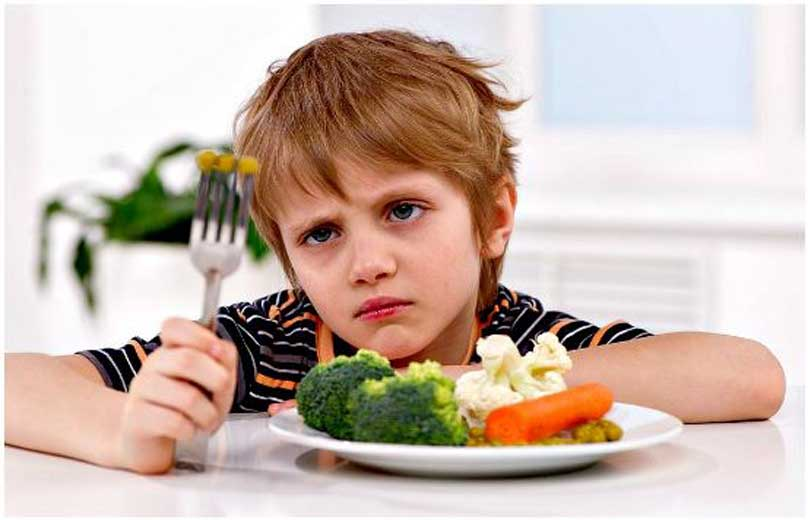Intro: Pregnancy should be a time of joyful anticipation, yet for many, it becomes a battleground where disordered eating thrives in silence—putting both mother and baby at risk.
1:When Nurturing Turns Hostile
Pregnancy eating disorders often hide behind “wellness” justifications. Priya, 29, shared: “My doctor said ‘Don’t gain too much!’ so I ate ‘clean’—until my baby measured dangerously small.” Unlike typical pregnancy aversions, these patterns involve:
- Persistent restriction: Eliminating entire food groups for “purity”
- Compensatory behaviors: Over-exercising to “burn off” meals
- Body-checking obsessions: Daily weigh-ins with panic over natural gains
The cruel twist? Hormonal shifts that normally protect the fetus can amplify eating disorder behaviors:
- Heightened smell sensitivity → more food avoidance
- Morning sickness → disguises intentional restriction
- Body changes → triggering past body-image trauma
“Hyperemesis felt like permission to restrict,” admits Leo, a trans father who developed ARFID during pregnancy. “Nobody questioned it because ‘all pregnant people vomit.'”
2:The Silent Double Impact
When maternal nutrition falters, consequences ripple through two bodies:
For Babies:
- Stunted development: Low caloric intake → reduced amniotic fluid → impaired organ growth
- Metabolic programming: Maternal malnutrition “teaches” baby’s metabolism to store fat aggressively → lifelong obesity/diabetes risk
- Neurological vulnerability: Omega-3 deficiency → 23% smaller hippocampus (memory center) in newborns
For Mothers:
- Physical collapse:
- Electrolyte imbalances → cardiac strain
- Bone mineral loss → postpartum fractures
- Anemia → requiring transfusions
- Mental health spiral:
- Perinatal OCD fixating on “contaminated” foods
- Depression from nutrient-starved brain chemistry
- Birth trauma from emergency interventions
Midwife Elena notes: “We see mothers with perfect blood pressure but babies in distress—the hidden malnutrition no vital sign catches.”
3:The Golden Intervention Windows
Recovery isn’t linear—certain pregnancy phases offer unique leverage:
First Trimester (Weeks 1-12):
- Opportunity: Embryonic development depends on maternal reserves
- Action: Focus on folate-rich foods (lentils, spinach) to prevent neural tube defects even if nausea limits intake
- Key phrase: “Nourish the seed before the storm”
Second Trimester (Weeks 13-26):
- Opportunity: Baby’s rapid growth demands calories
- Action: Leverage cravings—if only ice cream is tolerable, add protein powder and berries
- Critical screening: Anomaly scan showing growth lag → early intervention trigger
Third Trimester (Weeks 27-40):
- Opportunity: Baby’s brain growth peaks
- Action: Small, frequent omega-3-rich snacks (salmon bites, chia pudding) bypass fullness anxiety
- Red flag: Weight plateau despite baby’s growth → indicates metabolic shutdown
OB/GYN Dr. Amin’s rule: “If you’re too nauseous for broccoli but can tolerate fries? Eat the fries. Fed is foundational.”
4:Building a NEST of Support
Effective care requires wrapping mothers in multi-layered protection:
Nutritional Safety Nets
- “No numbers” policy: Remove scales from clinics/homes
- Calorie-blind meals: Focus on food groups (e.g., “today’s color: orange” for sweet potatoes, carrots)
- Supplement bridging: Liquid nutrition during nausea peaks
Emotional First Aid
- Body-neutral language: “Your body is doing important work” not “You’re glowing!”
- Trauma-informed care: Never force touching bumps
- Partner education: “When she says ‘I feel huge,’ say ‘What do you need?’ not ‘You’re beautiful!’”
Systemic Monitoring
- Non-weight markers: Fetal movement counts, fundal height
- Mental health check-ins: “What thoughts visit at 3 AM?”
- Collaborative care: Dietitians + OBs sharing notes
Therapeutic Reframing
- “Eating for two” → “Eating with two”
- Food as enemy → Food as teammate
- Body betrayal → Body partnership
Doula Maria’s mantra: “Your baby isn’t a parasite—it’s your collaborator. Feed the partnership.”
Conclusion: Two Heartbeats, One Journey
Healing pregnancy eating disorders isn’t about perfection—it’s about course correction. One missed snack isn’t failure; it’s data for the next meal. The most powerful intervention often isn’t clinical:
When Anika broke down sobbing over spilled prenatal vitamins, her wife didn’t replace them. Instead, she sat on the kitchen floor with her, sharing raisins from her palm. “We’ll figure this out bite by bite,” she whispered. That shared vulnerability became their turning point.
Recovery blooms when we:
- Separate health from weight charts
- Honor that every “bad” food day still grows bones, neurons, hope
- Remember babies inherit resilience too—one nourished moment rewrites futures
The goal isn’t a flawless pregnancy, but one where chicken soup isn’t a battlefield, prenatal vitamins aren’t weapons, and a kick beneath your ribs feels like a tiny high-five from within. For in feeding yourself, you’re building not just a child, but a mother too—one meal, one breath, one heartbeat at a time.


